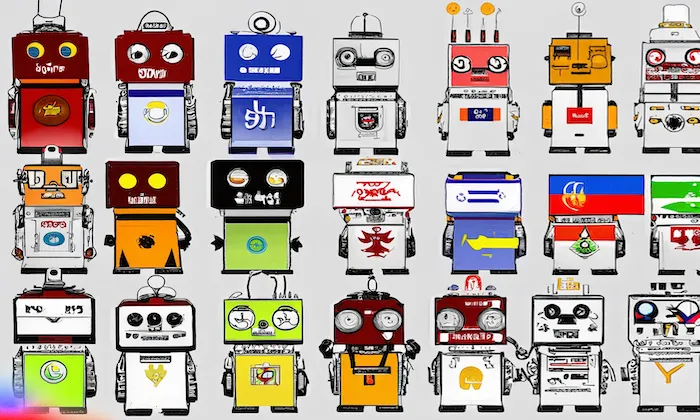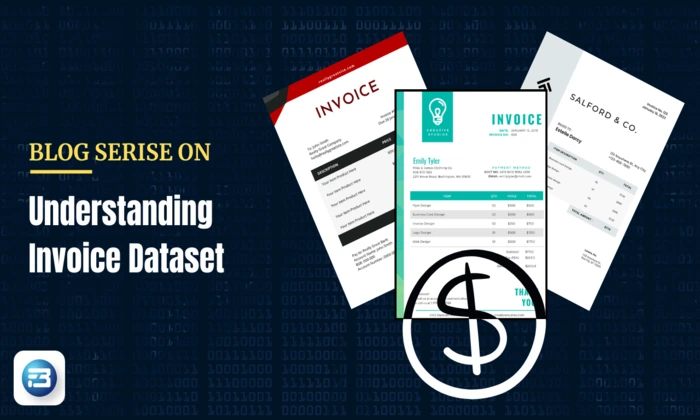Simulated vs real call data: which is better for ASR model robustness?
ASR Models
Call Data
Model Robustness
Key Takeaways:
- A hybrid approach leverages the strengths of both simulated and real data.
- Simulated data allows for controlled diversity, while real data provides authentic acoustics.
- FutureBeeAI’s Yugo platform enhances data quality with noise augmentation and demographic control.
What Are Simulated vs Real Call Center Datasets?
When building a call center speech corpus for ASR model fine-tuning, AI teams must weigh the benefits of simulated versus real data. Simulated datasets, crafted through community contributors, offer unscripted and spontaneous conversations, ensuring full compliance with privacy standards. These datasets allow for targeted domain coverage across various industries like BFSI, healthcare, and telecom. In contrast, real call data captures genuine emotional expressions and acoustic environments, providing a rich tapestry of authentic conversational nuances. However, it comes with challenges related to privacy and compliance.
How Each Data Type Shapes ASR Performance
1. Controlled Diversity vs Authentic Phrasing:
- Simulated Data:
- Offers balanced speaker diversity and targeted vocabulary inclusion. This ensures a wide range of accents, ages, and genders, making it ideal for rapid domain adaptation.
- Real Data:
- Reflects true customer phrasing and colloquial language, offering organic speaker diversity limited by the call center's customer base.
2. Acoustic Variability:
- Simulated Data:
- While it can integrate real-world noise profiles, real data inherently provides broader acoustic diversity, enhancing robustness.
- Real Data:
- Naturally includes diverse acoustic profiles like microphone qualities and background noise.
3. Emotion and Sentiment:
- Real Data:
- Captures authentic emotions, crucial for training escalation detection engines and sentiment analysis pipelines.
- Simulated Data:
- Can mimic emotions but may lack the depth found in genuine customer interactions.
4. Cost & Time to Market:
- Simulated Data:
- Enables faster iterations and is fully version-controlled. Ideal for quick deployments.
- Real Data:
- Requires longer lead times due to compliance and consent requirements.
Hybrid Data Strategy for ASR Model Fine-Tuning
The optimal approach for ASR robustness involves leveraging both data types. Begin with a simulated dataset to establish a foundational model with diverse vocabulary and speaker representation. Follow this with fine-tuning using privacy-compliant real recordings to introduce authentic acoustic and emotional nuances. This strategy ensures that models generalize across conversational structures while maintaining accuracy in live settings.
FutureBeeAI’s Approach
At FutureBeeAI, we champion this hybrid strategy by providing unscripted, spontaneous simulated datasets through our Yugo platform, which features built-in noise mixers and demographic quota enforcement. Our datasets are domain-aligned, covering fields like telecom, banking, and e-commerce. For instance, in a recent case study, Client X reduced their WER from 18% to 12% after implementing a 70/30 simulated-to-real data mix, demonstrating the effectiveness of this approach.
Conclusion
At FutureBeeAI, we’ve found that combining simulated and real call center data is key to building robust ASR models. Our Yugo platform ensures that you get the best of both worlds, allowing your models to perform confidently in real-world deployments. For projects requiring high-quality, privacy-compliant datasets, explore FutureBeeAI’s offerings to enhance your ASR systems.
For retail automation projects requiring domain-specific speech data, FutureBeeAI's collection platform can deliver production-ready datasets in 2-3 weeks.
What Else Do People Ask?
Related AI Articles
Browse Matching Datasets
Acquiring high-quality AI datasets has never been easier!!!
Get in touch with our AI data expert now!








